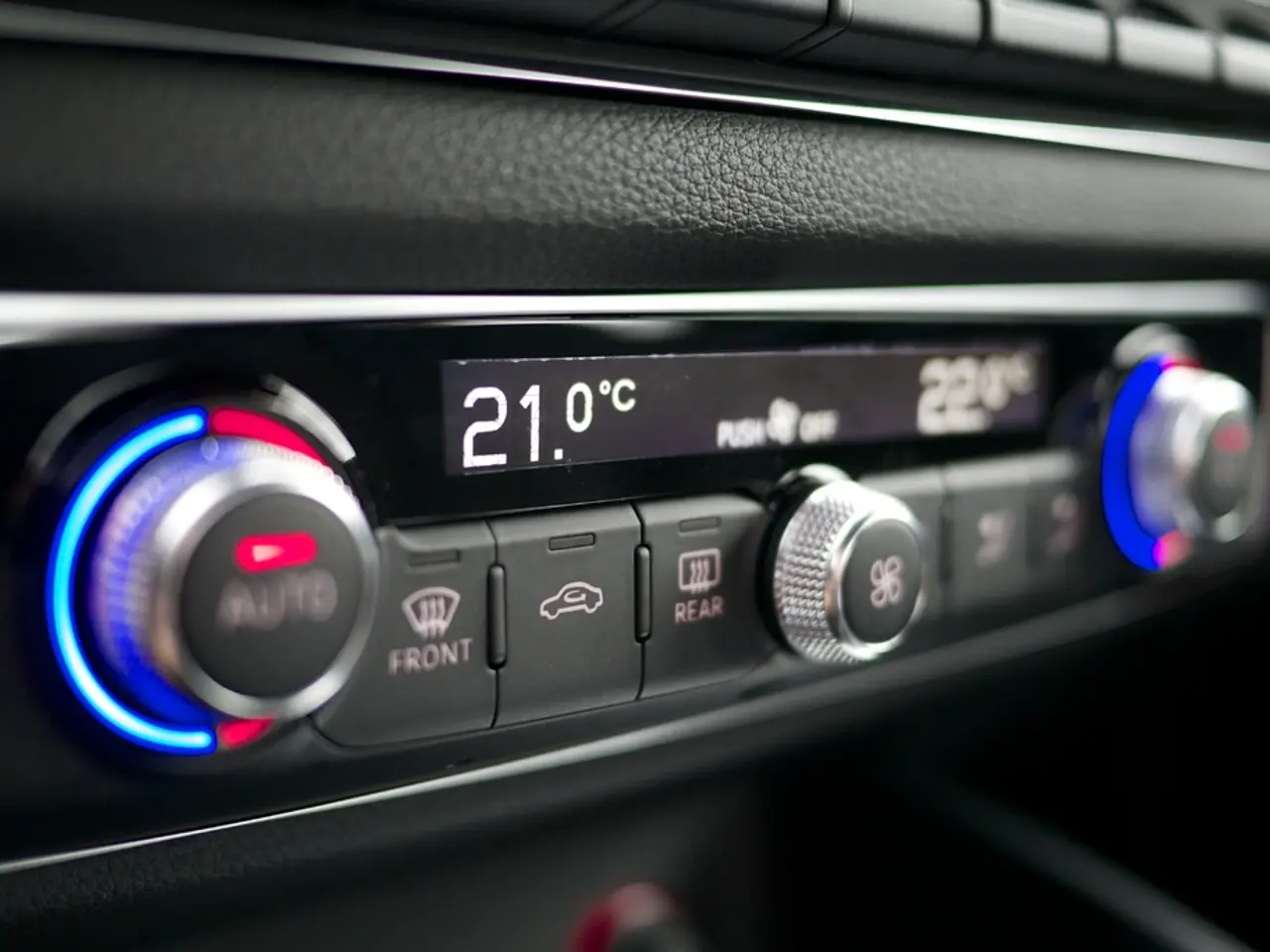Utilizing MOSFETs in Contemporary Power-Switching Architectures
Power transistors, a crucial component in modern electronics, are primarily used in switching power supplies. Among the various types, MOSFETs, bipolar junction transistors (BJTs), and insulated-gate bipolar transistors (IGBTs) dominate the market.
MOSFETs, the most commonly used transistor type, are shipped in approximately 40 billion units each year. They conduct electrical current most efficiently in one direction and are useful for power switching circuits due to their rapid turn-on/turn-off capability and low on-resistance (R). However, at high voltages, MOSFETs have a higher on-resistance, leading to larger conduction losses. This limitation, coupled with a limited voltage capacity compared to IGBTs and BJTs, makes them less efficient in high voltage/high current applications.
BJTs, while offering high current gain and low saturation voltage, are less used in modern power switching due to complex drive requirements and a slower switching speed compared to MOSFETs. However, they are robust against secondary breakdown issues faced by some devices.
IGBTs, a favorite for industrial motor-drive applications, can handle high voltages and currents with relatively low conduction loss. They combine the advantages of MOSFETs (high input impedance) with BJTs (low on-state voltage at high current). IGBTs are versatile for a wide range of power applications, but they have a slower switching speed than MOSFETs, especially longer turn-off times, causing higher switching losses.
Engineers should pay attention to the "safe operating areas" (SOAs) specified in the transistors they intend to use. The SOA is defined as the voltage and current conditions over which the device can be expected to operate without damaging itself. As ongoing smoothing, filtering, regulation, and pre-regulation of the entire power-transmission chain becomes more common, the over-specification of power transistors may change.
The power transistor world is roughly divided between MOSFET switches, BJTs, and IGBTs. Approximately 7 to 8 billion bipolar power transistors are used each year, while about 1.5 to 2.5 billion IGBTs are shipped annually. MOSFETs are preferred for high-speed switching and low power applications, IGBTs for high voltage, high power industrial applications with moderate switching frequencies, and BJTs are generally less favored now but useful where linear amplification or robustness to certain failures is critical.
In conclusion, the choice of power transistor depends on the specific requirements of the application. Understanding the advantages and disadvantages of MOSFETs, BJTs, and IGBTs can help engineers make informed decisions when designing power electronics.
Additional Context
MOSFETs are preferred for high-speed switching and low power applications but become less efficient at high voltage/high current due to increased on-resistance and breakdown risk. BJTs offer low saturation voltage and high gain but are less used in modern power switching due to complex drive requirements and slower speed. IGBTs bridge the gap: they offer better conduction efficiency than MOSFETs at high voltages and currents, but with a trade-off in switching speed, limiting their use at very high frequencies.
Data-and-cloud-computing technologies have revolutionized the analysis of transistor market trends, enabling the monitoring of shipment volumes for MOSFETs, BJTs, and IGBTs with unprecedented accuracy. These transistors, a crucial component in modern electronics, are primarily used in switching power supplies, and their demand is influenced by their specific use cases, such as high-speed switching applications (MOSFETs), high voltage, high power industrial applications (IGBTs), and applications requiring linear amplification or robustness to failures (BJTs).




